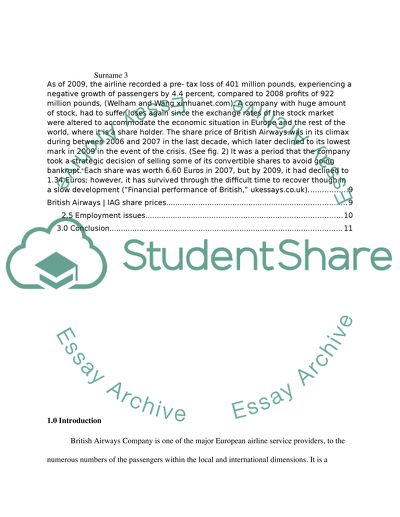Cite this document
(“The impact of the financial crisis on the British Airways company Research Paper”, n.d.)
The impact of the financial crisis on the British Airways company Research Paper. Retrieved from https://studentshare.org/macro-microeconomics/1463757-the-impact-of-the-financial-crisis-on-the-british
The impact of the financial crisis on the British Airways company Research Paper. Retrieved from https://studentshare.org/macro-microeconomics/1463757-the-impact-of-the-financial-crisis-on-the-british
(The Impact of the Financial Crisis on the British Airways Company Research Paper)
The Impact of the Financial Crisis on the British Airways Company Research Paper. https://studentshare.org/macro-microeconomics/1463757-the-impact-of-the-financial-crisis-on-the-british.
The Impact of the Financial Crisis on the British Airways Company Research Paper. https://studentshare.org/macro-microeconomics/1463757-the-impact-of-the-financial-crisis-on-the-british.
“The Impact of the Financial Crisis on the British Airways Company Research Paper”, n.d. https://studentshare.org/macro-microeconomics/1463757-the-impact-of-the-financial-crisis-on-the-british.


